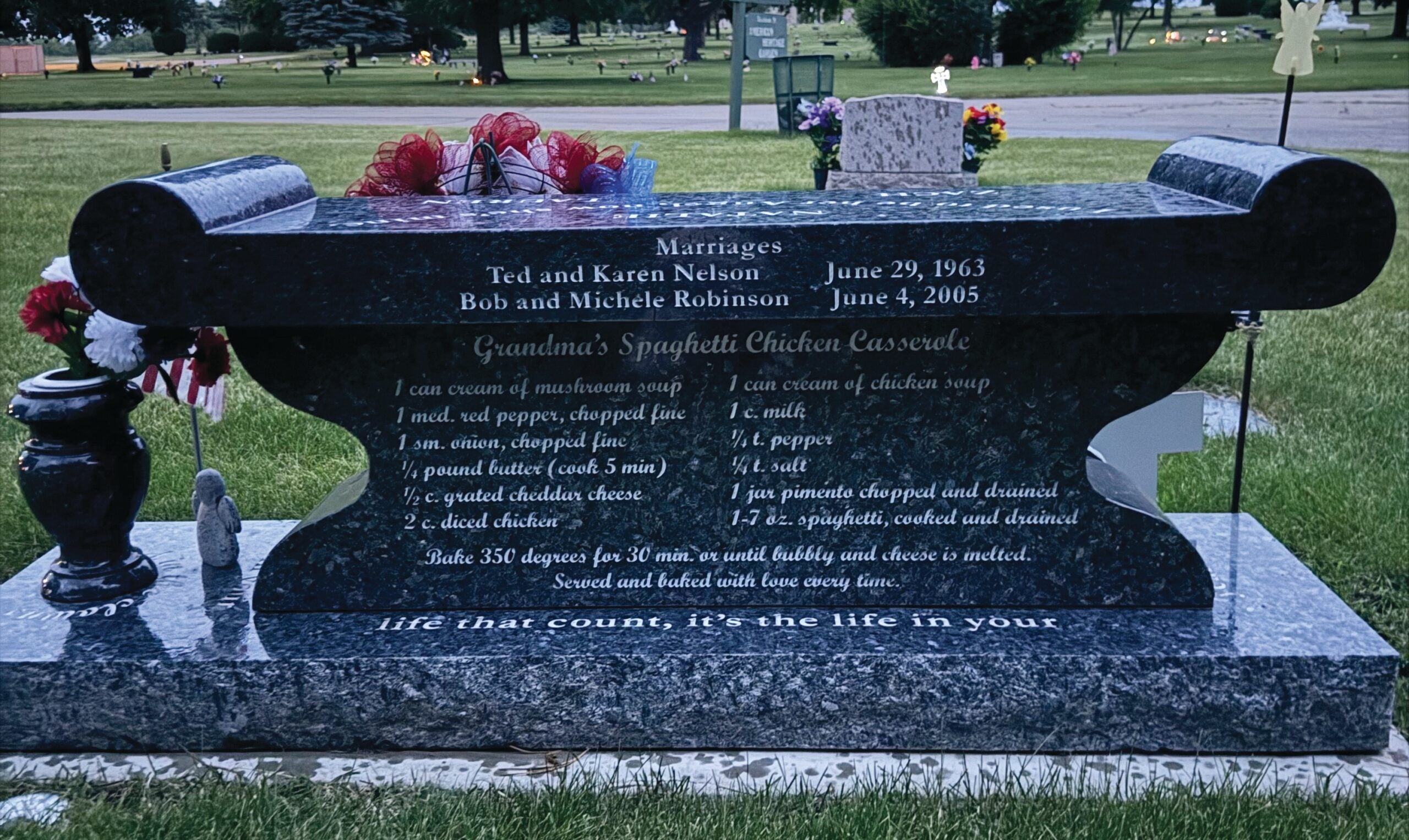The real insanity of ’29 wasn’t the guy buying Radio Corporation with ten cents on the dollar; it was the perfectly sane corporation across the street—pristine balance sheet and all—lending its cash to the broker so the lunatic could place the bet. The whole city built its tower of debt not with bricks from a central bank but by passing IOUs to the person behind them in a circle. The money itself was speculative, a phantom.
Today’s version is simply more sophisticated—another word for fragile. The leverage no longer sits in a dusty call-loan ledger; it flickers in the digital pulse of the options market, in contracts that bloom and expire within hours. A million leveraged bets, automated and interlocked, all lean on the same side of the boat. The system looks solid until a single sharp roll forces every algorithm to recalculate risk in the same instant. Then the apparatus does not merely correct—it seizes, as machines try to sell what no human is left to buy.
---
In 1929 the vehicle was the investment trust. Launched by the same banks underwriting the stocks, these entities were technically “corporations,” not banks—a legal distinction that placed them beyond the gaze of the Comptroller of the Currency and the Federal Reserve. They could lever capital to dangerous degrees, invest in one another, and weave a daisy-chain of risk regulators could not see, much less control. When the crash arrived, the collapse of these trusts amplified the panic exponentially.
In 2025 the vehicle is the credit-union-issued stablecoin authorized under the GENIUS Act.
The Act treats these tokens as “uncapped deposits,” a legal fiction with monumental consequences. By exempting them from the single-counterparty concentration limits that govern ordinary insured deposits, the law allows credit unions to spawn a parallel, unconstrained monetary system. The critical mechanism is that stablecoins can be “created against any asset the NCUA has not yet explicitly forbidden”—regulatory arbitrage in its purest form. A credit-union balance sheet becomes a factory for minting digital dollars, backed by a pool of assets that have not yet been ruled off-limits and may be risky or concentrated.
---
The real speculative mania actually peaked in early 1928. That spring the Fed engineered a significant correction by pressuring banks to curb broker loans. The medicine worked—until banks discovered an unregulated spigot of cash in the corporate “call-loan” market and reignited the bubble beyond control.
The infamous Smoot-Hawley Tariff Act was signed after the crash, in June 1930, but the bitter, year-long congressional debate throughout 1929 spawned policy uncertainty that paralyzed business investment and international trade well before passage.
---
In 1929 non-bank corporations such as AT&T and Standard Oil, hungry for yield, bypassed banks altogether and lent their surplus cash directly to brokers at premium rates.
Today the same dynamic flows through government-sponsored entities. The Federal Home Loan Banks—not traditional banks—have quietly become the broker-dealers’ liquidity hose, pumping $156 billion into overnight repo. The attraction is identical: a 175-basis-point pick-up over the risk-free rate. This is the precise modern reincarnation of the 1929 call-loan market, proving that yield-seeking capital will always tunnel around constraints and resurrect systemic risk in a new institutional skin.
---
Defaulting on personal bank loans to meet stock-margin calls became a telling 1929 ritual. For a growing cohort of small investors the intangible dream of instant, life-changing wealth had eclipsed every tangible obligation. Skipping a car payment meant losing the car; skipping a margin call meant losing the dream. Cash was diverted to keep the fantasy alive, and basic financial prudence was corrupted.
---
Goldman Sachs Trading Corp. packaged 7× leveraged market exposure inside the investment-trust wrapper and sold the shares through neighborhood banks, borrowing the public’s trust in its friendly local banker to hawk a speculative product.
The 2025 analogue is the “market-index participation note,” 3× levered to the S&P 500, sold to credit-union members who still think of the place as a safe, member-owned haven. By classifying the notes as subordinated debt and booking them as “member business loans,” issuers achieve the same regulatory arbitrage as 1929 trusts: a complex, high-risk instrument lives outside both deposit insurance and broker-dealer oversight, wrapped in the credit-union brand to imply safety.
---
Wealth concentration now exceeds 1929 levels.
In 1929 the top 1 % of families held 23.9 % of household wealth; the top 0.1 % held 7.5 %.
Today the top 1 % holds 32.3 %, and the top 0.1 % has nearly doubled its share to 14.8 %.
The uppermost tier therefore commands a larger slice of the national pie than it did at the ’29 peak.
---
The contemporary holder of extreme wealth operates in a supranational dimension. The steel or rail titans of the past, however dominant, remained tethered to the physical and legal infrastructure of their home nations. Their fortunes were colossal but anchored.
Today’s great fortunes are digital, migratory, dispersed across a borderless lattice of jurisdictions. A disproportionate share of all new global wealth accrues to the smallest sliver at the top, forging a financial geography that is effectively stateless. The ultimate achievement of modern finance is not the accumulation of capital but its successful emancipation from the state.
.png)




